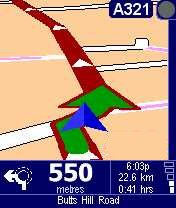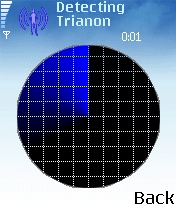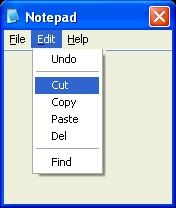We all know that the sales figures for S60 (Series 60) smartphones have been astronomical, with around 5,000,000 sold each quarter recently. Yes, it feels good to be part of a major success story, but this success hasn't been consistent across the board. Despite Nokia's astounding sales figures, some developers have expressed unhappiness with software sales, which in turn may lead to lack of development and a relative paucity of applications in the future.
For example, Leszek Buczkowski (developer of BlueRadar) emailed me last week, making the observation:
"I think software for mobile devices can be divided into three classes:
(a) really useful and needed must-have programs (very rare),
(b) 'nice program and I would use it if it has been already installed in my phone for free' (many),
(c) 'I made the program because I could do it but nobody needs it, even me' (many)"
And I think he's spot on. Back in the 1990s, I was a major player in the Psion software scene, in which every palmtop owner (hundreds of thousands of them) was a hobbyist and in which everyone made a point to support everyone else. With the result that all class b) applications were handsomely supported - my own humble efforts attracted hundreds (and in the case of Mapper, thousands) of shareware registrations, with people paying up simply because they were impressed with what people had created for their favourite gadget.
Back in the real world and on a much larger scale, we have S60 smartphones used by the masses (many tens of millions, perhaps even as many as a hundred million active users) yet with registration numbers and software sales in many cases lower than in the far smaller 1990s scene. The reasons for this lack of sales may include:
- Perhaps 95% of S60 smartphone owners not realising that third party applications (other than Java midlets from their network operator) are available, to dramatically extend what their smartphone could do.
- A modern culture of 'take what you can for free on the Internet, don't pay unless you absolutely have to', with the result that lightly nagged products (i.e. ones which don't absolutely force payment), especially from class b), attract zero 'honesty' from users. As examples, my own (again humble) S60 applications Hangman and Musician have had over 50,000 downloads between them, with only one registration.
- With the core applications bundled with each smartphone, the vast majority of third party applications fall, if the developers are burtally honest with themselves, into class b) above.
Combine all three factors and it's easy to see why software sales are seen as very disappointing compared to raw hardware sales figures.



Examples of class a) [TomTom MOBILE 5], b) [BlueRadar] and c) [Notepad] applications
The way forward for developers and for the industry generally is to address each of these factors. The first is one we can all tackle, with Nokia and S60 leading the way with their tagline 'S60: open to new applications'. Educating the masses that their top-spec smartphone is actually a 'multimedia computer' (to use Nokia's phrase) is, as ever in the Symbian OS world, the number one priority.
Getting the second factor right is harder, but 30 day trial versions of general apps and limited numbers of games for leisure apps seem the models which work best. My own 'fully working shareware' ideals seem sadly outdated here, 2006 is very different from 1996.
The third factor is the hardest of all, some people feel all killer applications (satellite navigation, VoIP, mobile Web, blog integration, etc.) have already been written, but I have a hunch that there are still quite a few applications and yet-to-be-thought-of genres which may well make the leap from class b) applications to class a). In other words, software that's so compelling (whether business app, utility or game) that its presence - or lack of it - can make or break a user's decision to buy a particular smartphone/platform.
Here's hoping, anyway.
